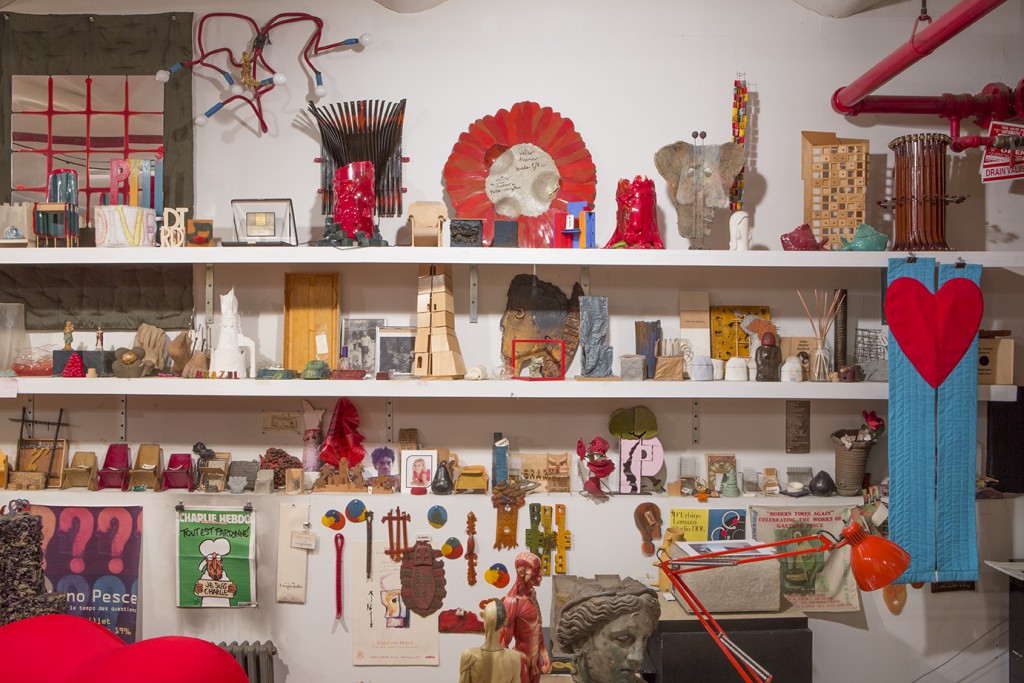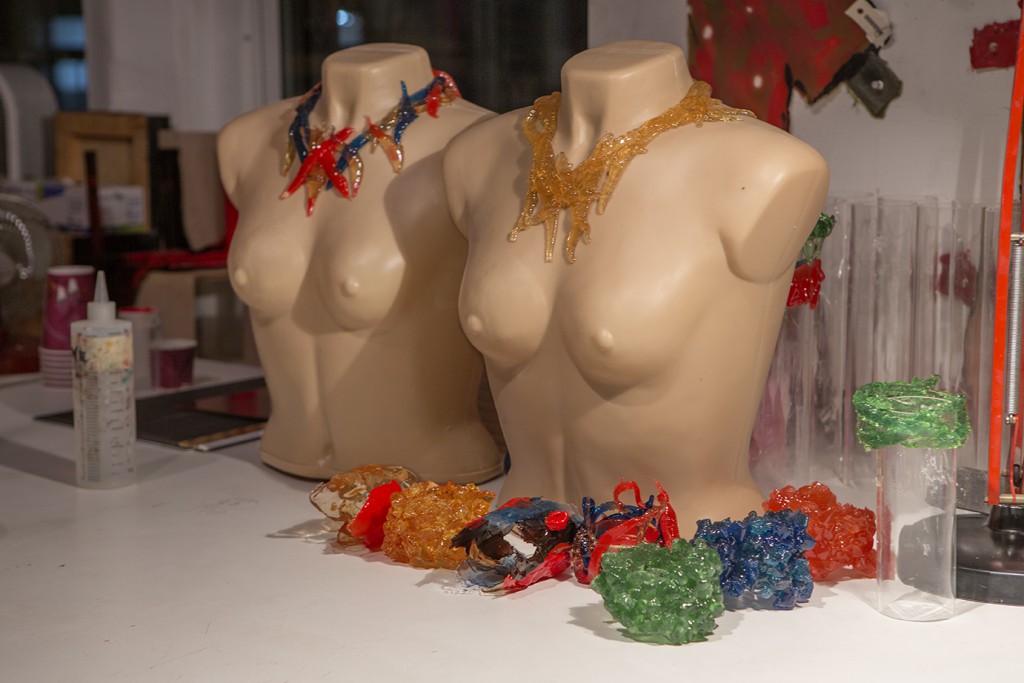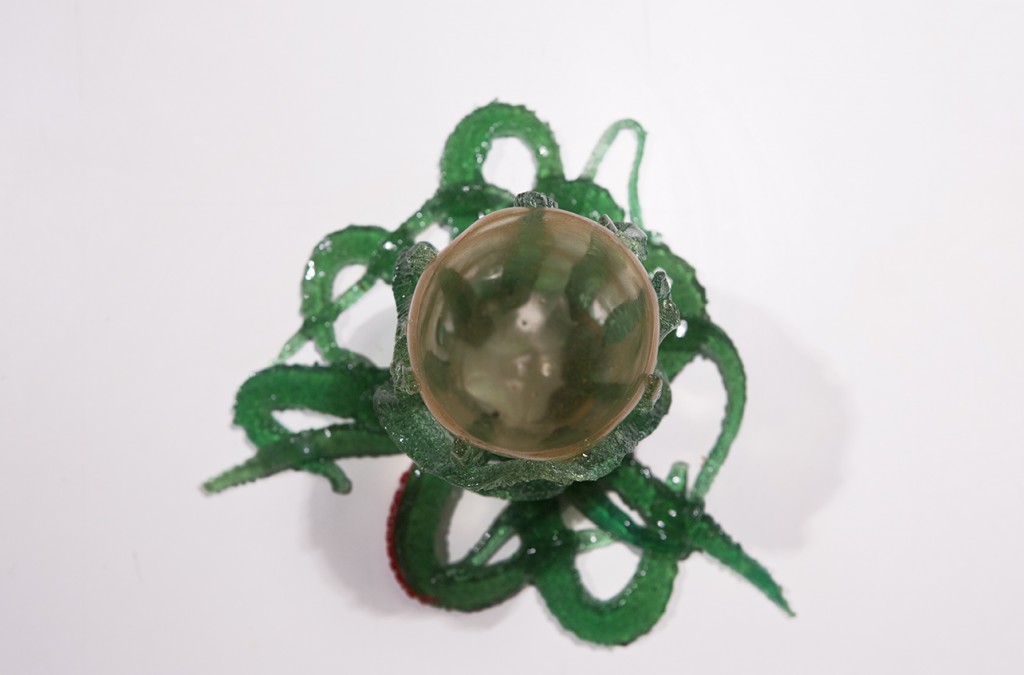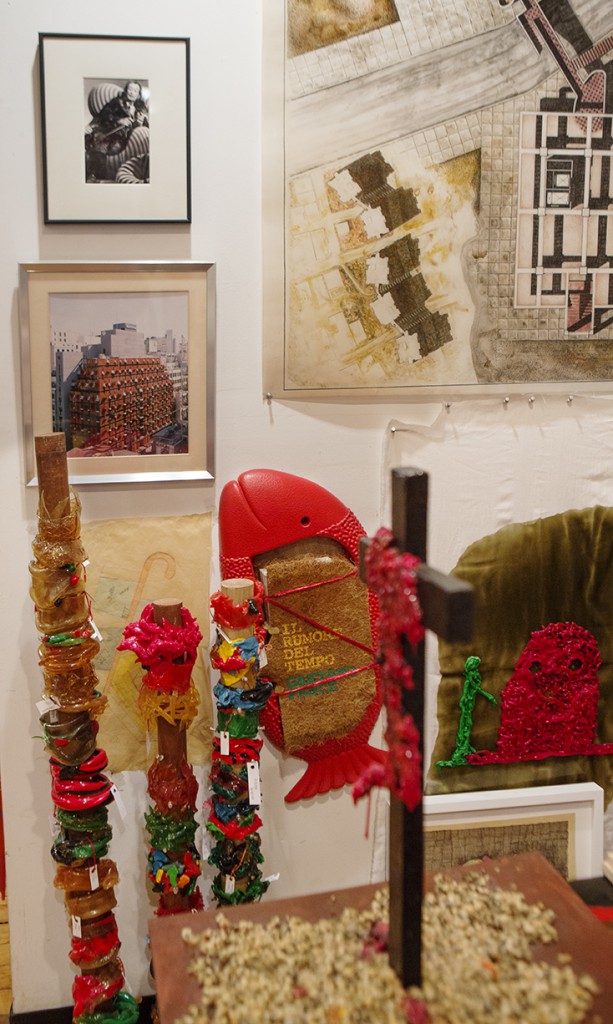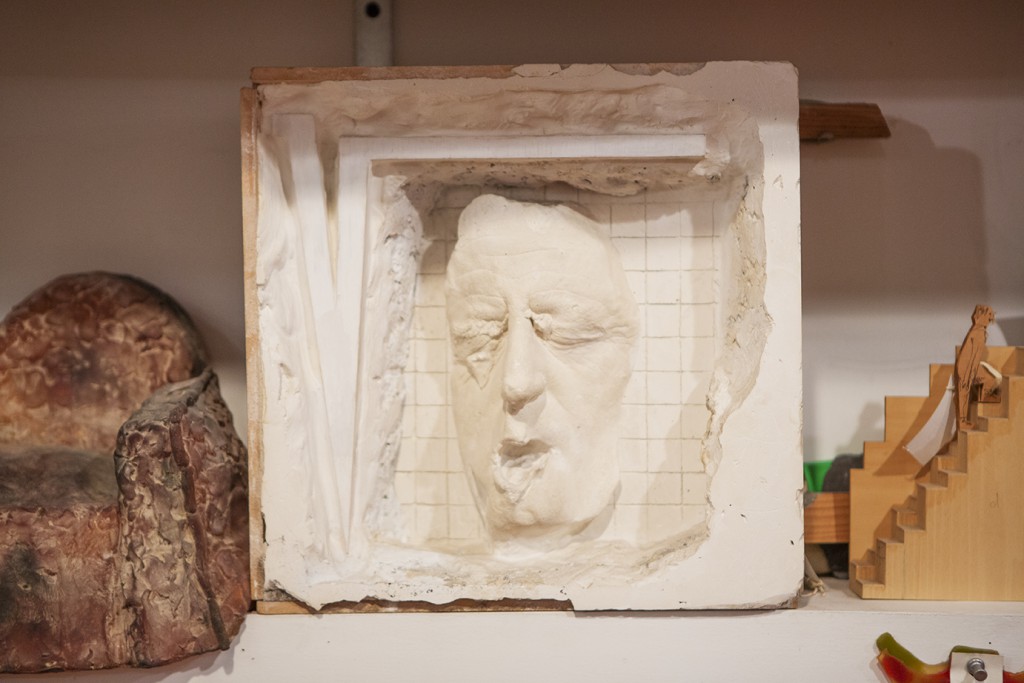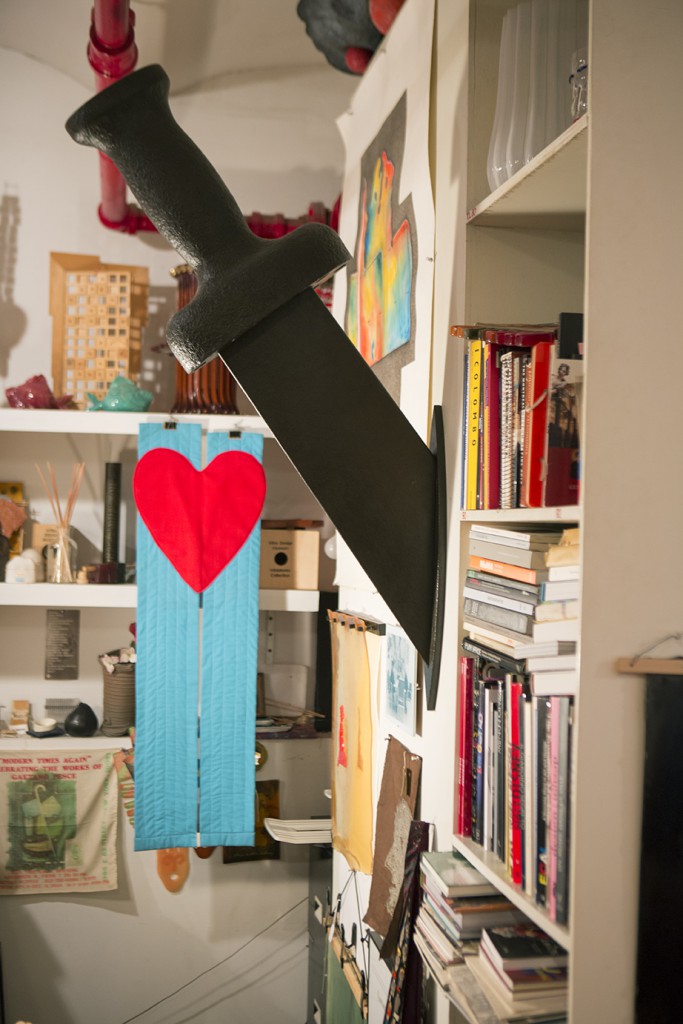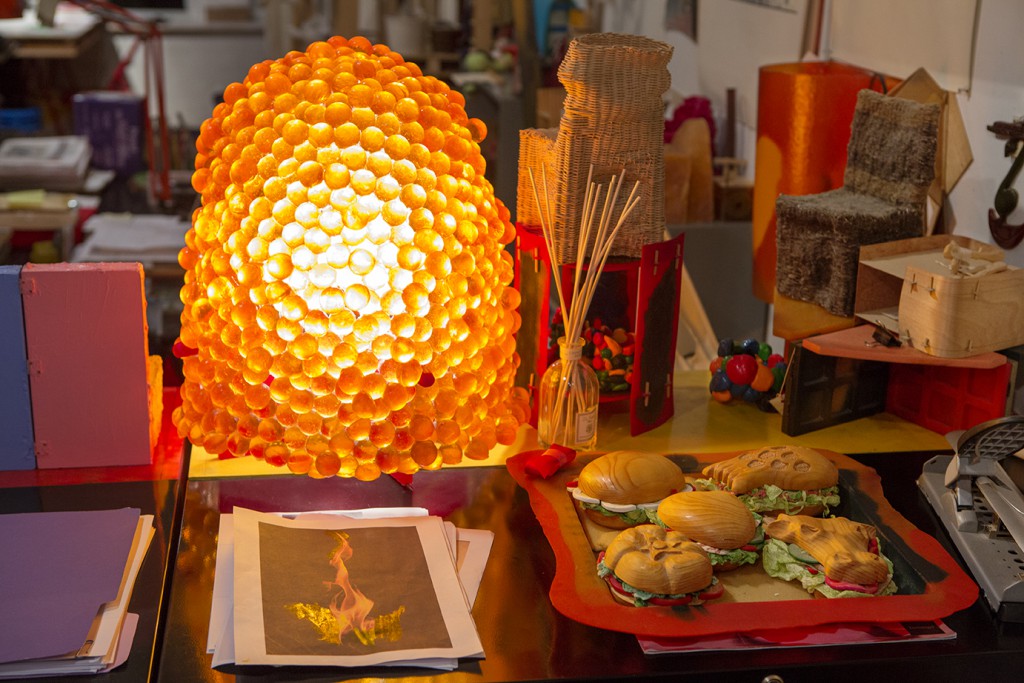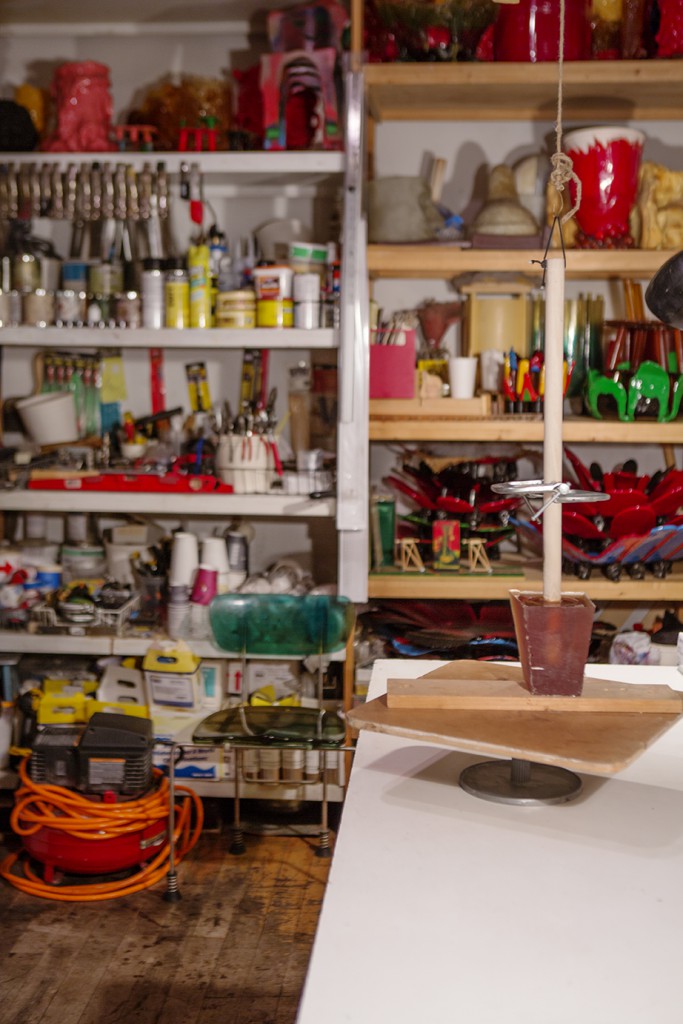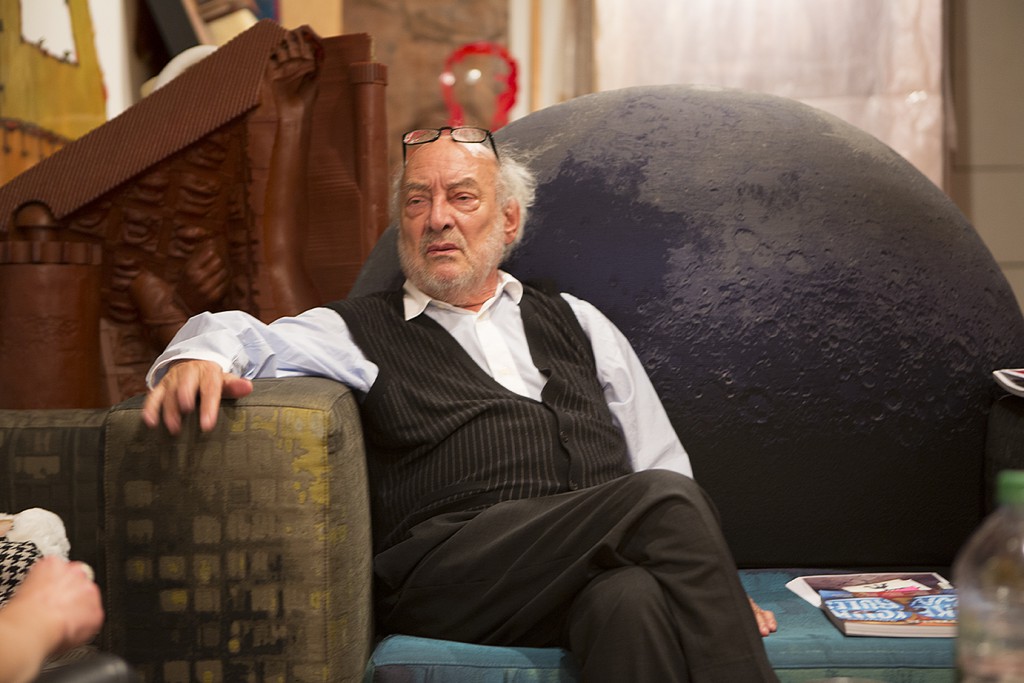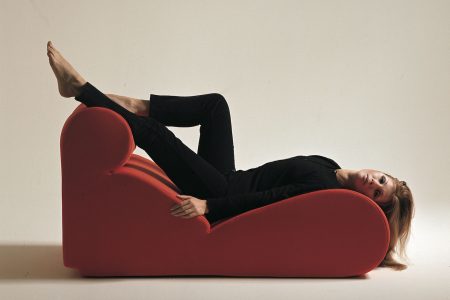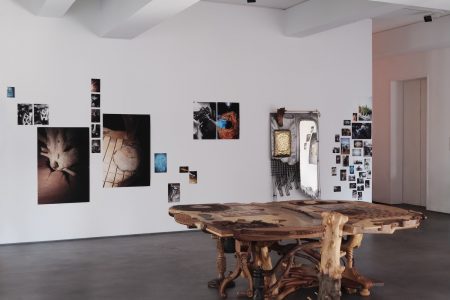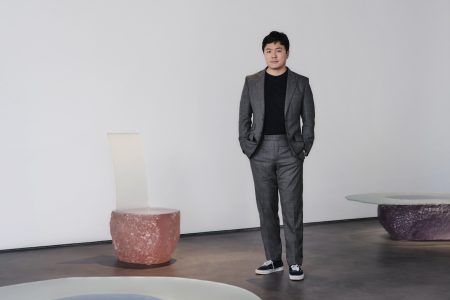Gaetano Pesce: Italy’s Eternal Rebel
Any serious research into late 1960s radical Italian design will typically begin with Gaetano Pesce. The era’s somewhat unsung prophet set the stage by giving design the potential for political, social and environmental impact. Unlike most of his Postmodern contemporaries, Pesce has a characteristic yet adaptive practice that has held fast against shifts in the field. Five decades later, this Italian architetto ingegnere [engineer architect] continues to work with a holistic, discursive practice that blurs disciplinary boundaries to create future-proof methodologies. Pesce’s story is one of an enduring partnership with the powerhouse brand Cassina. Yet it is also the story of organic buildings that have gone up the world over. Venerated icons like the Up series or the I Feltri chair now grace major private and public collections from Tokyo to Milan, not to mention the pages of respected history books. TLmag visited the Italian master’s Soho studio last November for an informal interview and photo shoot. The result is an intimate look at the New York-based emigre’s creative process: shelves packed with preliminary maquettes, experiments with materials and personal memorabilia. Throughout the space, Pesce’s keen use of bold colours and resin, his preferred material, are evident. The original flow of the interview has been maintained in order to reflect the master’s pluralistic approach.
TLmag: What brought you to New York in 1980?
Gaetano Pesce: When you’re young, you always want to leave your hometown and explore new places. When I was at university, I travelled a lot. After finishing my studies, I spent time in England and Finland before living in Paris for ten years. I first came to New York for the 1972 Italy: The New Domestic Landscapes exhibition at the MoMA. Eight years later, the city seemed like the perfect next step for me. New York was the capital of the 20th century. To this day, Shanghai still can’t compete. In the early 1980s, I designed the sofa I’m sitting on. Notturno a New York was both an homage – a moon setting over the city that never sleeps – and an expression of the energy the city had lost. The city was in decline, as were many capitals at that time. Things have changed since then.
TLmag: Describe your early career move from kinetic art to design.
GP: While studying in Venice, I joined the kinetic art movement. However, I quickly found that type of expression absurd. I wanted to find other ways to address reality so I made a foray into performance. In 1967, I choreographed a 30-minute scene with a man losing blood. I could sense that things were changing. There was this idea that art no longer needed to follow a single path. From then on, there have been no boundaries between the creative processes for making movies, music, objects, architecture and drawings. It has become a true mixture.
TLmag: Were you interested in design?
GP: At that time, no. However, for the past half-century, I’ve been trying to prove that it’s a major art form. If one explores all the possibilities, design can express the sense of touch just like it can express manufacturing objectives. It’s easy to think that everything from books to movies, shoes and clothing results from a certain kind of production. Though young people are open to different interpretations, more conservative people have trouble accepting them. They are against anything new. The question remains: what form should designers use to help people discover something new. Early on, it was hard to argue that a piece of furniture could have a double meaning. When I released the Up series almost half a century ago, people didn’t understand that it had a political message. Today, most designers do not believe that objects need to express reality. They’re still too attached to the Modernist ideals established by the Bauhaus movement. At the end of the day, design should tell stories.
TLmag: Do your designs employ narratives?
GP: In the catalogue for the 1972 Italy: The New Domestic Landscape exhibition at the MoMA, I was featured in the Commentary section. In reality, design is a form of commentary. I’ve always tried to make people think. My work has always been radical and polemical. Some people might say they don’t like it but its exists and is generally accepted.
TLmag: What’s your ultimate goal when you work for the market?
GP: It’s all about advanced materials. Architects used to work with concrete because that was innovative back then. Their successors used metal. Today, we employ synthetic plastics. When one looks at Renaissance paintings, one detects a certain type of paint, canvas and wood frame. Materials represent their times. I draw with flexible resin because it’s elastic and can be rolled up. If someone looks at these preliminary works 300 years from now, they will know that they’re from our period. We are conditioned to work with what’s currently available.
TLmag: How does your practice address customisation and mass production?How important is rapid prototyping as a new production technology?
GP: Certain technologies are valuable. I don’t use 3D printing because people are no longer interested in producing copies. We’ve returned to creating originals. The next step is to make shoes that fit our specific feet. Adidas and Camper currently have projects like that under development. I’ve always gone against the Marxist ideal that we’re all the same. People come from varied cultures and geographic contexts. They speak different languages. Objects should also reflect this complexity. My first project was a series of chairs where each chair was slightly different from the next.
TLmag: What was the concept behind Zero Disegno, the collective of designers working with the customisation parameters described above?
GP: The movement [Pesce’s method] began in the late 1970s but it will take 100 years for us to see customised cars that reflect users’ identities. Consumption is positive when it comes to learning; we consume information through books, music and discussion. Consumption is first a refutation of religion and Marxism as dogmatic ideologies. Eventually though, it becomes an ideology in and of itself.
TLmag: What is the state of creative development in Italy today?
GP: I think that we’re leaving a dark period. Today, it’s hard to label someone as left or right-wing. The terms progressive and conservative are more effective. The former is important because it preserves the continuity of life. Progress in Italy has manifested itself in food and fashion. Design could have joined this revolution but it has had too many reactionary periods. Now, Mendini and Branzi are boring grandfathers who constantly repeat themselves. A lot of Italians are pessimistic. It’s an illness. Younger people are creative and develop something out of nothing, which is an improvement. Italian manufacturers have become rigid. Production innovation can be found in England or France now.
TLmag: Would you still say that design scenes exist within national borders?
GP: The future of design is identity. Globalisation is negative. International Modernism is over. We need to look at craft and production at the local level. It’s a matter of communication. I studied in Venice, which is evident in my choice of colours. We need a particular set of styles since culture will always be specific.
TLmag: Do you feel that your work is understood today?
GP: During the 1972 Italy: The New Domestic Landscapes exhibition at the MoMA, I was approached by the renowned New York gallerist Leo Castelli. He told me that in order to gain recognition and to be represented by his gallery, I would need to produce multiples. I would have had to change the aim of my work simply to become famous. I said no. Curiosity is the motor that drives the creation of different experiences. Today, as always, my work is dedicated to women. They are the future. Governments run by men are disastrous. Men are homogenous and repeat themselves while women alternate between being lovers, mothers and professionals. Just like the current zeitgeist, women are multidisciplinary.
